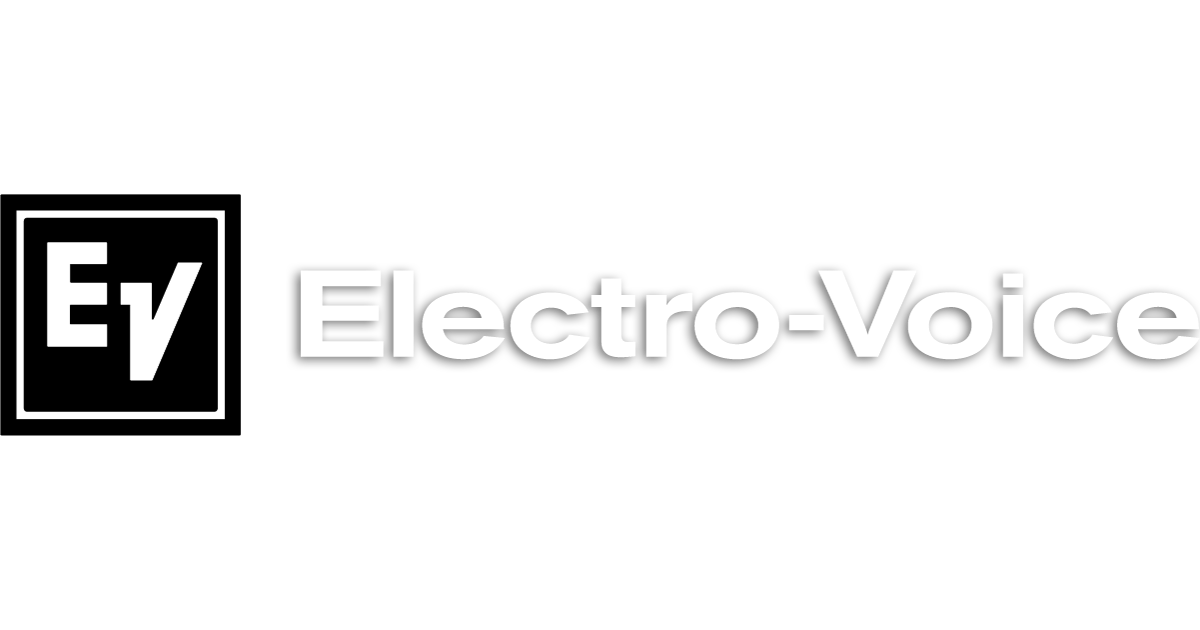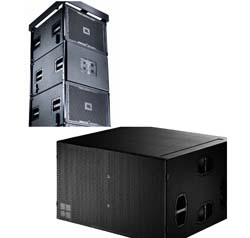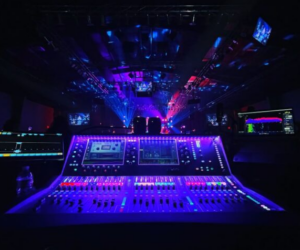Ever since the introduction of line arrays, it has become harder for subwoofers to keep up with the efficiency of tall columns of coupled transducers in large full-range systems.
This has helped drive transducer and amplifier manufacturers to produce increasingly powerful low-frequency components. Multi-kilowatt dual-18 enclosures are now the standard.
However, while flown full-length line arrays do a superb job of getting full-range sound to the back of enormous venues, stacked subwoofers – even with their advantage of half-space coupling with the floor – must create huge amounts of sound pressure to keep pace with them.
And the omni-directional characteristic of traditional subs pushes that energy in all directions: towards the stage and its performers, and then reflecting off rear walls to produce late arrivals in the main listening areas.
Anyone who’s worked at arena shows with ground-stacked subs can attest to the low-frequency energy wasted backstage. The goal of all sound designs is even, coherent coverage at all frequencies throughout the listening area.
There are many flyable bass reflex subwoofers that are designed as companions for compact line arrays and can be integrated into their arrays and flown above or beside them.
Many of these enclosures, such as the Adamson dual-18 SpekTrix Sub and dual-15 Metrix Sub, JBL dual-12 VT4883, and D.A.S. Audio LX-212R, offer rigging hardware that allows the enclosures to be flown within arrays in seconds, and reversed orientation that allows cardioid arrays to easily be configured by reversing one cabinet’s direction, which inverts the polarity and adds a few milliseconds of delay.
Indeed, cardioid arrays can be constructed from well-manufactured front-loaded subs, and Steve Bush offers a concise description of the three basic types of cardioid sub arrays here.
With access to manufacturers’ prediction software (Electro-Voice LAPS, d&b audiotechnik ArrayCalc, Meyer Sound MAPP, Martin Audio Viewpoint, etc.), it’s easy to set up a scenario and play around with polarity, delay and distance to see the results.
Meanwhile, there are situations where cardioid enclosures provide a compact solution that’s quick and easy.
Companies that manufacture directional multi-element single-cabinet subwoofer enclosures remain a fairly select club. The principal is simple: one or more transducers at the rear cancel the arrival of sound from the front, in a way that also reinforces the energy going forward.
In smaller venues, a single-cabinet cardioid subwoofer enclosure allows system engineers to quickly install a product with predictable results, without a requirement for measurement or additional DSP.
While most cardioid subs are slightly larger than conventional subs, due to their rear-firing transducers, they often take less space and effort than building cardioid arrays. They’re also more fool proof and the stage-hands won’t restack them because they look wrong.
In the challenge for consistent coverage of listening areas, cardioid subs are efficient tools for extending pattern control to a system’s lowest octaves.
When used with point-source cabinets, they combine to make efficient pole-mount systems, especially for delays, where low-frequency energy better aligns with the mains.
When used as a base for ground-supported compact line arrays, they create full-range solutions with a minimal number of enclosures.
By themselves, they can focus low-frequency energy more precisely where it’s wanted.
Take our PSW Photo Gallery Tour of single-cabinet cardioid subwoofer enclosures.
















